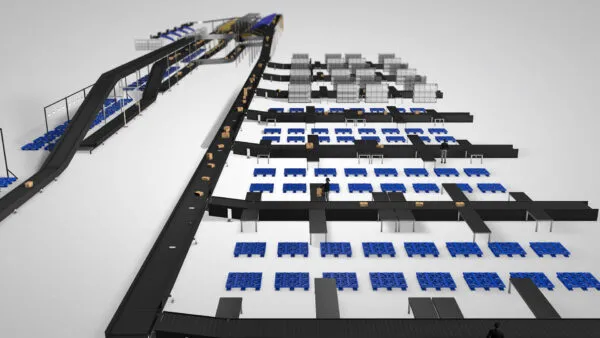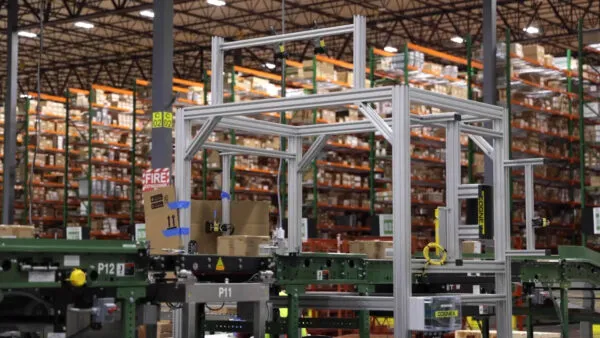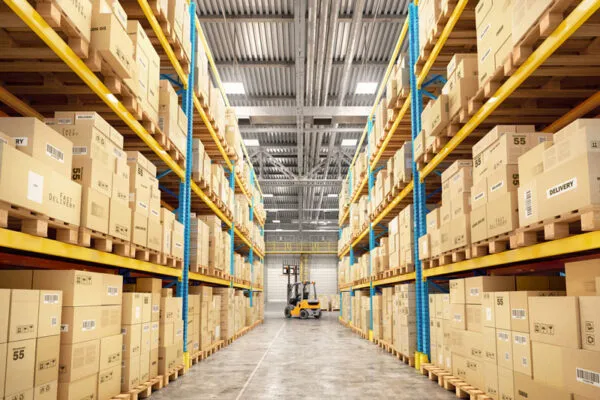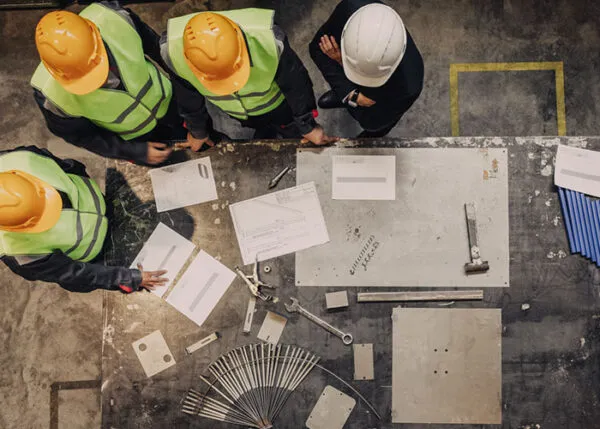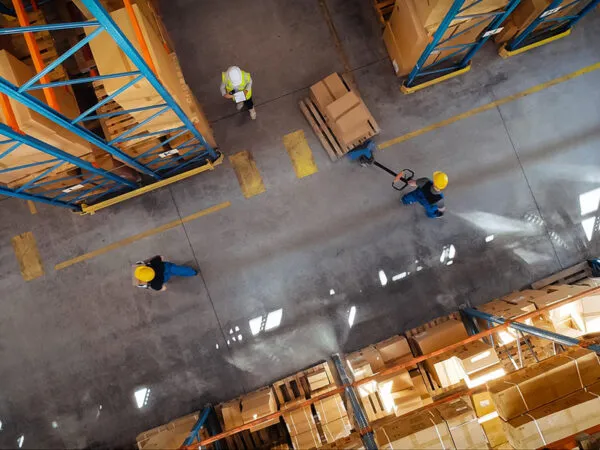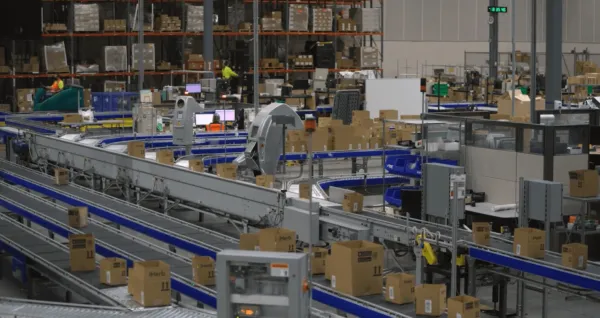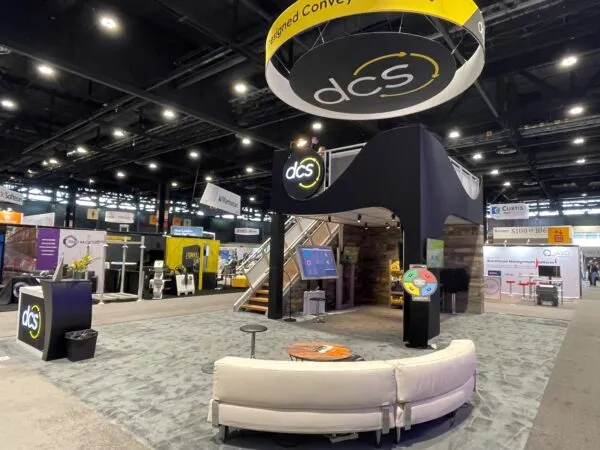Lessons Learned from My First Day in Material Handling
Imagine you’re a brand-new project manager on your very first material handling project. It’s time for your very first site visit. How excited you must be to get out into the field and see what this material handling thing is all about. Well, that was me not too long ago. This is the story of my first day, and what great lessons it taught me.
So, with a fresh pressed shirt, shined shoes, and nice pants, I show up at the distribution center ready to go! Not knowing where to go, I ask the first person I see, Do you know where the picking area is? Off I went, so proud to be close to the first moment I see the team and the project ahead! As I walked up to the picking center, there were two software engineers arguing. I realized my first challenge had come quickly; let’s get these two nice folks calmed down! Hi, I’m Rob, your project manager, what seems to be the problem? As the evening went on, I could see these two had different work styles and different methods on how to code. They thought differently about everything, but here we are with a job to do!
After a long night, the programmers believe we are ready for the morning. 6AM comes and it’s time for our first task. We had 12 hours to get the system into production. It was going to be fun.
So, the conveyors start-up, and all appears well. After a quick successful test of the emergency-stop pull-cord, I felt the system was ready to go. The customer organized staff members around the system and we turned the system on full throttle. At first things went well, but soon enough, there was a jam. One of the conveyors did not come on. Someone pulled the emergency stop. Nothing happened. I shut down the entire area as quickly as I could. After some discussion and a little tweaking, we decided to try again. Now, all parts of the system were full of workers. Every inch of conveyor was covered. Product was moving but a certain part of the conveyor still wasn’t working. Product started piling up, the system didn’t stop, and it was not good. After we made more changes, we tried again. By now we are causing a scene in the distribution center. They are asking me, What seems to be the problem? Right about then, a box falls on the floor and bursts wide open, new clothes spilling out. I look at the box, then I look at the customer. He wasn’t amused. Now even more boxes are falling, and the team is scrambling to stop the running conveyor. It became a real mess in a very short amount of time!
So, running back and forth for several hours to try to keep things going exposed me to what it’s really like turning on a new system without ever really testing it prior. We finally got the system running, but it didn’t quite go as I hoped it would. I had no idea how hard it was to work in a warehouse and how un-prepared I was in my shiny shoes and pressed shirt!
I learned things then that I still use today. It was a difficult initiation, but maybe it would have been easier had I done things a little different. Below are some tips I learned from my very first day in material handling.
- Always Test the System
Always perform end to end testing with and without product before full system operation. If your teammates have a disagreement on the process, question it. Don’t settle for anything but known facts. Does it run right? What is the status of every section installed? Schedule a time to complete testing and make sure you run the system. Pull all the emergency stops, flag all the photo eyes, making sure you’re ready to start the system with the customer’s product!
For more information on crucial mistakes that will affect your go-live, check out: 9.5 Ways to Sabotage Your Go-Live
- Wear Proper Attire
Seems obvious now, but a warehouse is a dirty and unforgiving place. Leave the nice clothes at home. This may prevent you from standing out like I did that first day! Wear a comfortable set of safety shoes, jeans and a durable shirt. Beware of dangling items that can get caught like necklaces, badges or zippers.
- Have a Back Up Plan
Schedule a meeting with your team and the customer to discuss the plan. Make the plan clear and know what the back-up plan is. If you think you’re going to be late, prepare for how to mitigate the impact and be sure to tell the customer and team now, rather than later. I failed to even consider that we wouldn’t make the designated time. How little did I know!
My wife called me that night, after what seemed like an endless day and asked So, how did your first day go? I was happy to hear her voice, but after a long pause I said, let’s put it this way, I sure hope every day is not like today and I don’t have to wear nice clothes!
